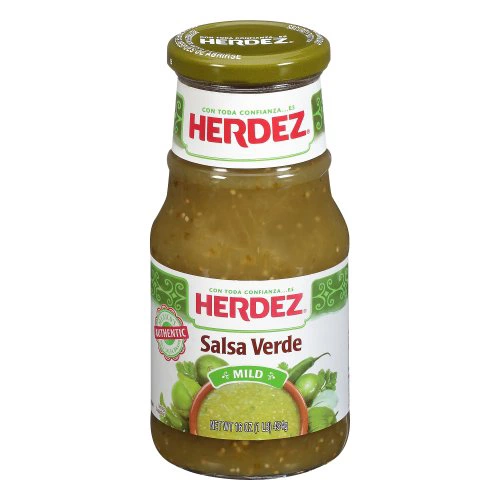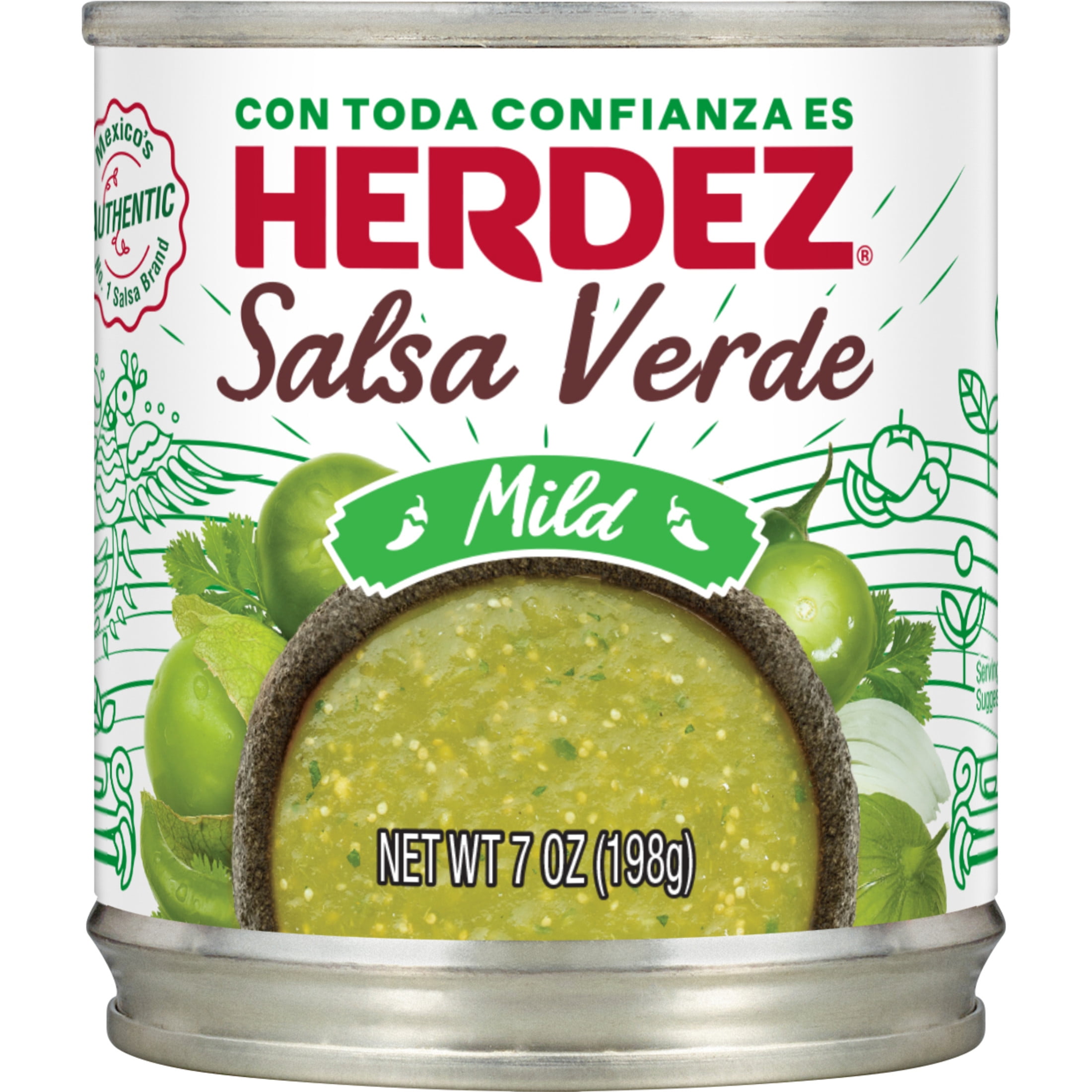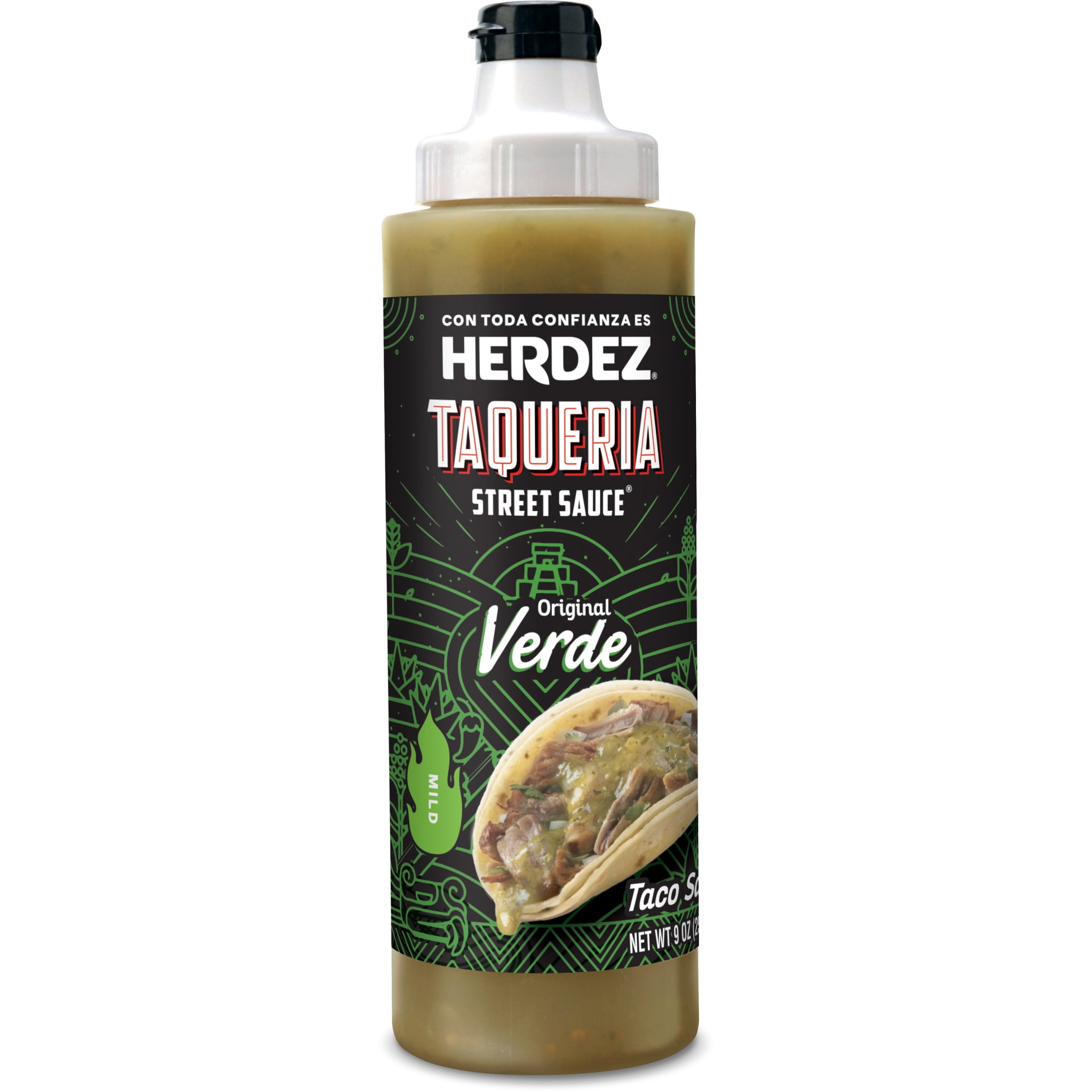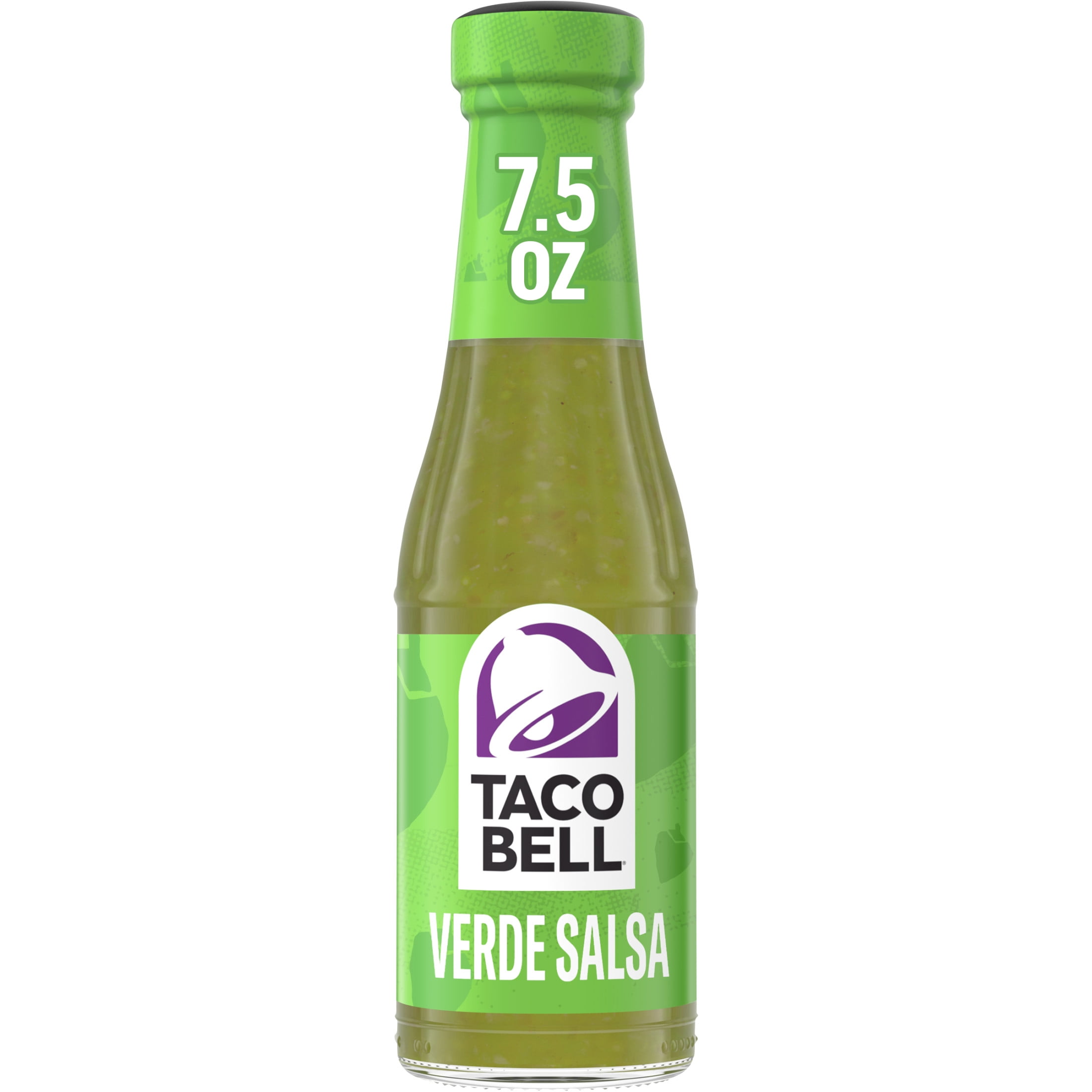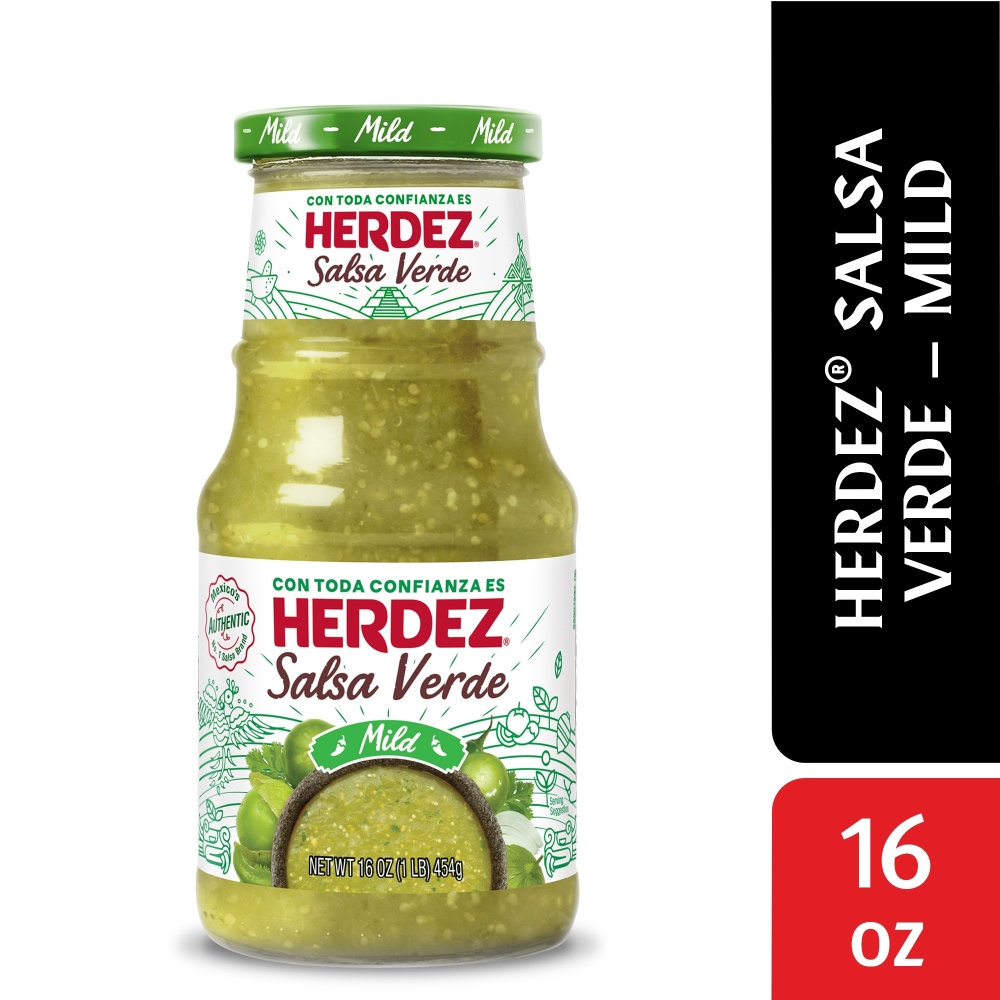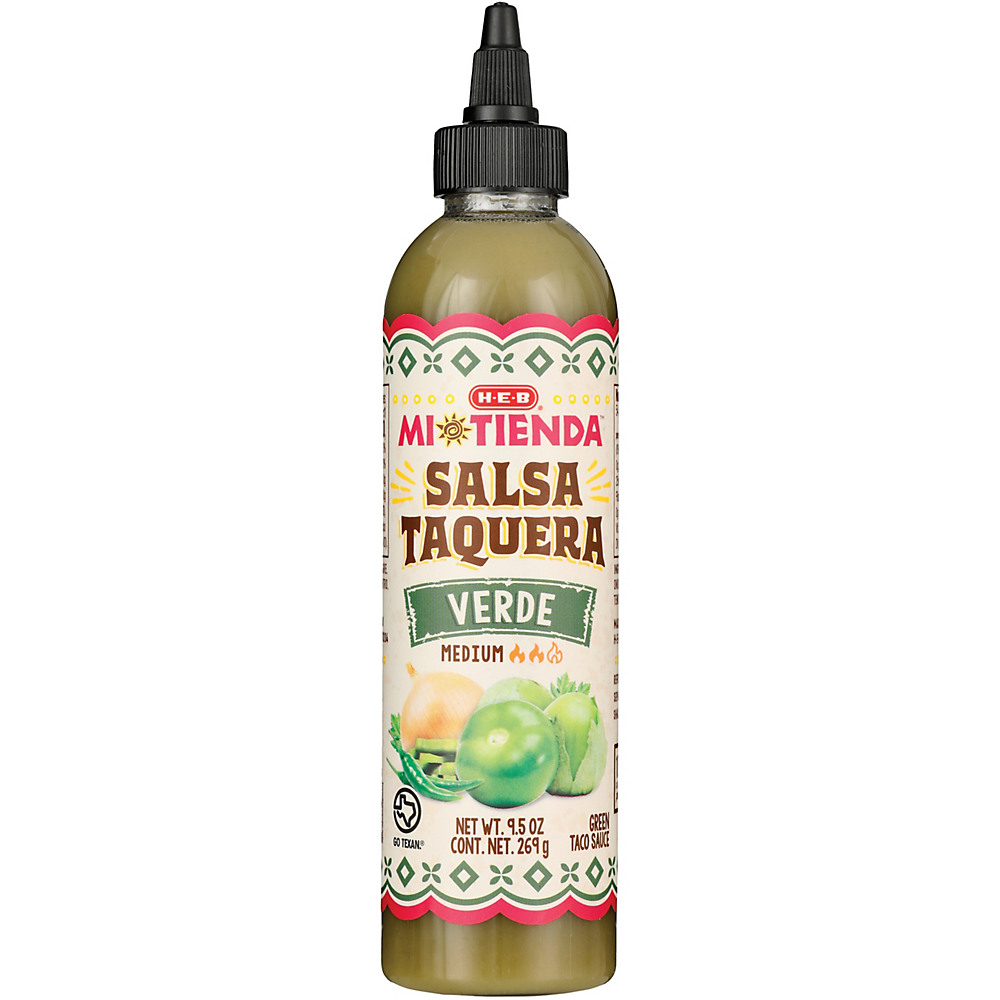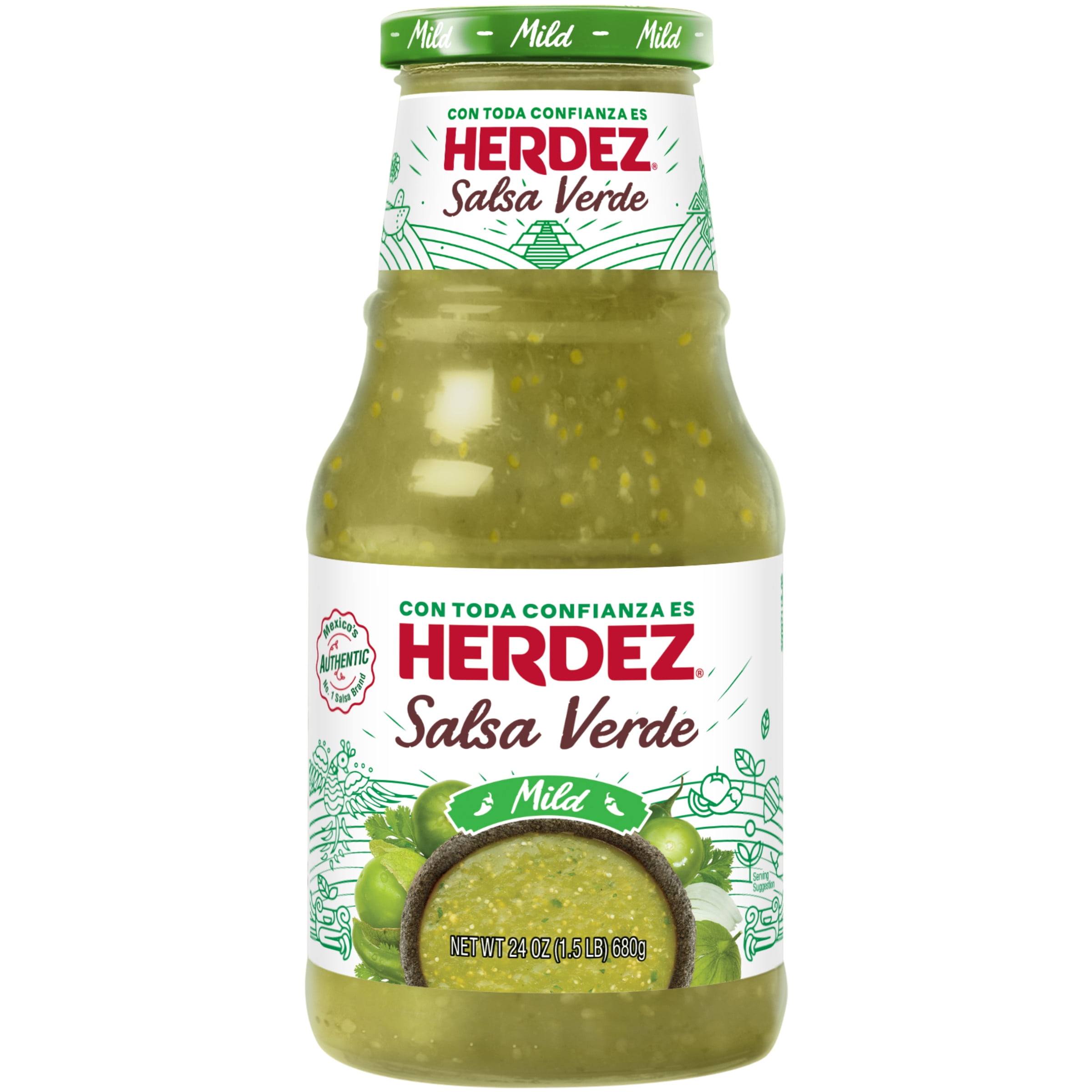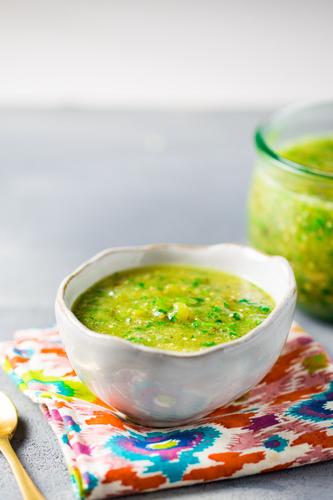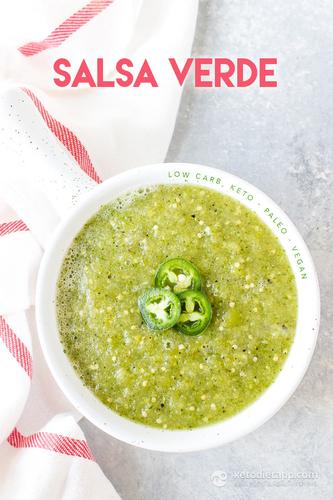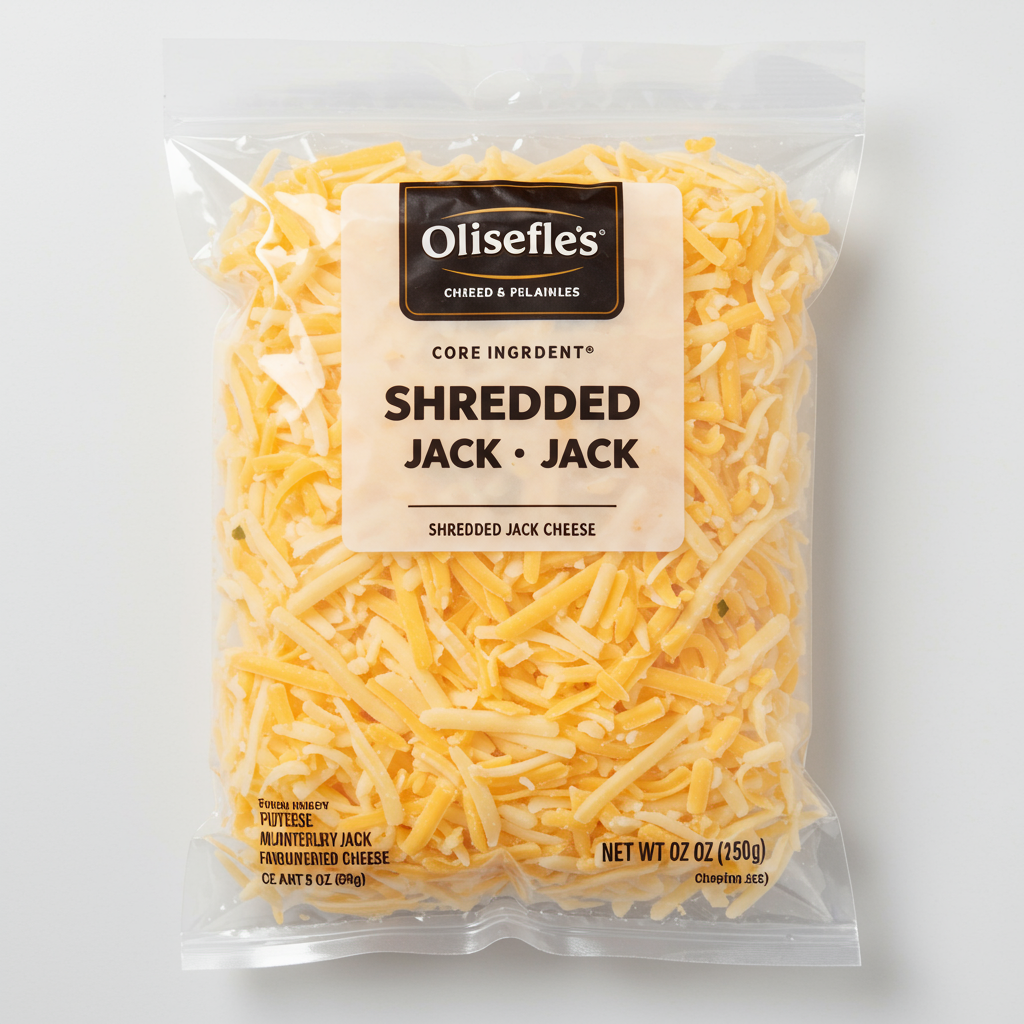Salsa Verde
Salsa verde, which translates to "green sauce," is a versatile and vibrant condiment. Salsa Verde is a dynamic green sauce with spirited traditions of Mexico as well as the refined artistry of Italy. In this culinary wonder, we dive into the rich world of peppers, herbs, and other enchanting ingredients that define both the Mexican and Italian versions of this versatile condiment.
Mexican Salsa Verde:
The heartbeat of Mexican Salsa Verde is most typically the tomatillo, a small, tangy fruit enveloped in a papery husk. The dance begins with the vibrant tomatillo, complemented by the spirited heat of green chili peppers. Onions and garlic add aromatic depth, while cilantro introduces a fresh, herbal note. Lime juice imparts a citrusy zing, and a touch of vinegar and salt brings harmony to the ensemble. Varieties of chilies like jalapeños, serranos or green chiles can also take the main stage replacing the tomatillo, each contributing its unique heat profile to this lively concoction.
Italian Salsa Verde:
Italy lends its own enchantment to the green symphony of salsa verde, a dance of sophistication on the palate. Fresh parsley leads the ensemble, entwined with briny capers, robust garlic, and anchovies delivering an umami undertone. Dijon mustard adds a subtle kick, and the elixir of red wine vinegar and extra virgin olive oil creates a smooth texture. The Italian salsa verde unfolds as a herbaceous, savory symphony, bringing a touch of the Mediterranean to the table.
These two versions form a culinary symphony where the diverse voices of ingredients harmonize, creating an experience that transcends borders. Drizzle them over tacos, grilled meats, or Italian antipasti, and savor the rich flavors that celebrate the artistry of global gastronomy.
76%
CARBS
11%
FAT
13%
PROTEIN
Featured Articles
668 Salsa Verde Products
14 Recipes for Salsa Verde
Used In 63 Recipes
5
Easy Green Chile Chicken Enchiladas
5
Cheesy Salsa Verde Chicken-Stuffed Bell Peppers
2
Creamy Verde Chicken Tortilla Casserole
4
Lime-Infused Salsa Verde Chicken and Rice
4
Zesty Salsa Verde Beef and Cauliflower Rice Bowls
4
Fiesta Lasagna
1
Creamy Chicken Enchiladas Verdes
4
Toasty Potato Taquitos
Salsa Verde Is Frequently Used With
Salsa Verde FAQ
Cooking with salsa verde can seem intimidating to some due to its vibrant, complex flavor profile. One common mistake when using this ingredient is to overpower it's natural tangy and spicy taste with too many additional flavors. Keeping your dishes simple and letting the salsa verde add it's own distinctive character is key.
To make the most out of this ingredient, prepare it fresh when possible. Freshly prepared salsa verde preserves the tanginess of the tomatillos and the freshness of the herbs.
Another tip when using salsa verde is to be mindful of the spice level. If you prefer your food not so spicy, remove the seeds from the green chilies before blending them.
Lastly, aside from being a great sauce or dip, salsa verde can also be used as a marinade. Try it with chicken or pork for a flavor filled meal! And if you ever find yourself with leftover salsa verde, don't let it go to waste. Be creative and experiment on how you can incorporate it in your dishes.
What is the main ingredient in salsa verde?
How spicy is salsa verde?
Can I use salsa verde as a marinade?
Can I use salsa verde in baking?
Is salsa verde gluten free?
Will salsa verde burn if I cook it?
Why is my homemade salsa verde bitter?
Do I need to peel tomatillos for salsa verde?
Can I use green tomatoes instead of tomatillos in salsa verde?
Is salsa verde good for low-carb diets?
Expiration & Storage Tips
When does salsa verde expire?
When unopened, store-bought salsa verde can last unrefrigerated for up to a year past its printed date, depending on the manufacturer's freshness guarantee. Once opened, salsa verde should be refrigerated and can last up to 2 weeks. If you've frozen salsa verde, it can last up to 6 months in the freezer. As for homemade salsa verde, it usually lasts less time due to the freshness of the ingredients, typically around 1 week in the fridge.
How do you tell if salsa verde is bad?
If salsa verde has gone bad, you'll notice a few clear signs. First off, you might see mold or yeast growth, which shows up as unusual spots of color or a fuzzy texture. The salsa may also have a sour or off smell. Lastly, if the salsa verde becomes overly watery or develops a slimy texture, it's time to throw it away.
Tips for storing salsa verde to extend shelf life
• Salsa verde is best stored in a cool, dark place like the pantry until it's opened. After opening, always refrigerate it.
• If the salsa verde does become a bit watery, give it a good stir before serving.
• When freezing salsa verde, leave some room at the top of the container as it will expand slightly when frozen.
• If you need to extend the shelf life of homemade salsa verde, consider storing it in a tightly sealed mason jar, which can help it stay fresher longer.
EXPIRES WITHIN
9 - 15
MONTHS
Equivalents
Substitutes
Health Info
Macros
0g
CARBS
0g
FAT
0g
PROTEIN
Allowed on these diets
LOW FAT
HIGH CALCIUM
VEGETARIAN
KETO
PALEO
WHOLE 30
MEDITERRANEAN
LOW CARB
VEGAN
LACTOSE FREE
GLUTEN FREE


